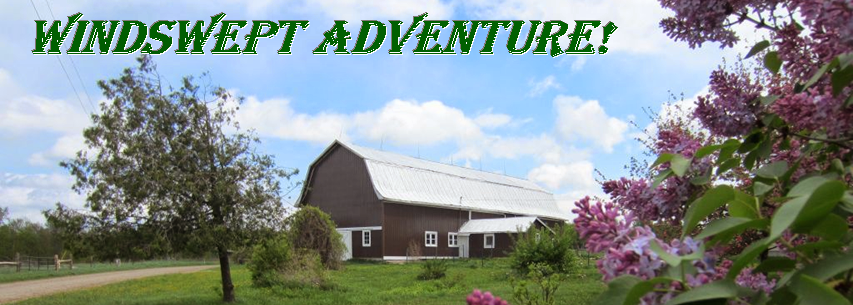Once again, I took a closer look at the intricate hand stitching and details such as this girl, possibly the maker's daughter who wanted to be included and immortalized in this work of art:
Hand stitched moon and stars:
A horseshoe:
Clear evidence of why these were called Crazy Quilts - and why I had become so thoroughly taken with them:
Hand stitched flower, ribbons and the date, 1884:
Of all the quilts I saw that day, I found the Crazy Quilts to be the most magnificently beautiful. But I found this Redwork Embroidery Quilt to be the most touching. It was assembled and hand stitched by Margaret "Maggie" Coloton of North Russell, New York in 1893:
It was the subject matter which I liked most about this quilt, such as "Coming Through The Rye," showing old style farm tools and a crescent moon. Were the images of the maker's daughter and son?:
The family dog, named Lion. He looked like a Boston Terrier to me:
The name of her town and the date, 1893:
Probably a particularly beloved horse. All these personal family details were why I found this quilt so touching:
And the final quilt which I'll include in these posts was this one with appliqued leaves. Similar to a Crazy Quilt, this was made of dark colored silk, satin and velvet fabrics and embellished with lots of embroidery. Perhaps I should have taken a few close-ups of the leaf panels, but where would one begin?:


























































